
The regions AIM Without Limits (AWL) offers busing from are:
Additional notes: Please ask our admin for pick-up and drop-off services.
How we see AIM Without Limits
AIM is a strong, established program offering accredited instructors and therapists, and delivering an evidence based curriculum. Supports are varied and vast, though there’s a personal touch as well. When students enroll they enter a setting in which they are truly understood and appreciated; here, they aren’t unique, being called out of the room to engage with supports, but access them around the clock. Life and community skills training is a draw for many, as is the evidence-based attention to regulation and executive functioning. The facility is absolutely up to date, and attention is personal and individualised, empathetic and compassionate. Founder and director Suki Choi is a draw, as well she should be—her passion is clear, as is her ability to work effectively with families, and she naturally draws those of a like mind to the programs and the staff. AIM is the kind of place that can change lives, and it’s proven its ability to do precisely that for more than a decade.
Compare with:
How AIM Without Limits sees itself
"AIM Without Limits (AWL) Private School is committed to providing innovative and supportive programs to enhance the lives of children with autism. AWL’s Multidisciplinary clinic team (ABA/SLP/OT/Psychologist) and Educational Team’s Morningside Model/ABA-based curriculum with the latest evidence-based educational practices aim for the highest quality education for our students. Our programs promote children's social, emotional, academic and life skills to be functional members of our community."
"Professional treatments are integrated into our learning program and include 1:1 ABA, registered behaviour technician, occupational therapy, speech-language therapy, and psychologist services. Weekly, our students attend music therapy and Occupational Therapy/Speech-Language Pathology (OT/SLP) group sessions, and annually, they have the opportunity to perform at our school concert. We also offer comprehensive selection of afterschool activities, including arts, sports, and coding."
"We have many families who have been with us for the last 10 years due to our family oriented approach and individualization in our teaching for children's unique needs. AIM started to support one child and we grew to serve more than 100 families now. It is the most rewarding experience witnessing children learn new skills everyday and blossom with our program."
"We are a charity and non-profit. Yes, we have no owner and all our profits go back to our children's programs. Quality of our services are our ultimate focus and we try our best to offer the highest quality program with most affordable tuition fee. Book your tour today and you will learn more about how we operate as a charity."
"Families immediately learn that AIM Without Limits Private School is not only a school but a small community with full of resources for your child's development and future success with clinic/teaching team tirelessly teach and advocate. Our program has been growing based on our children's needs from offering one to one therapy program to opening our private school in September 2021."


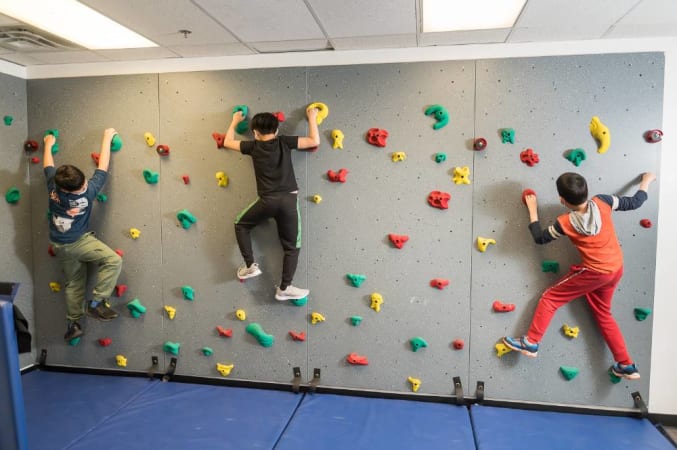


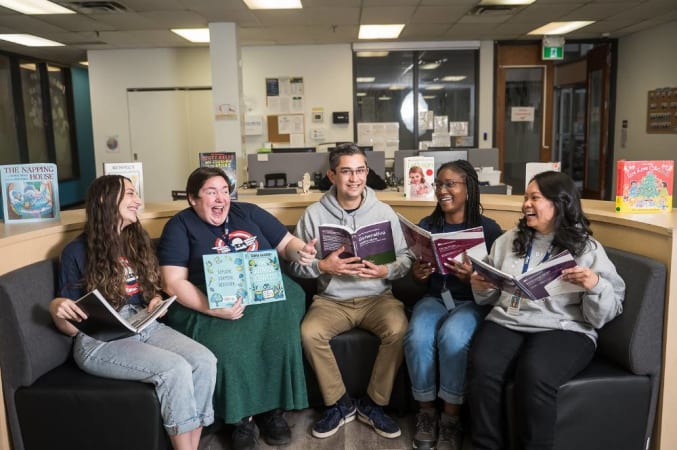




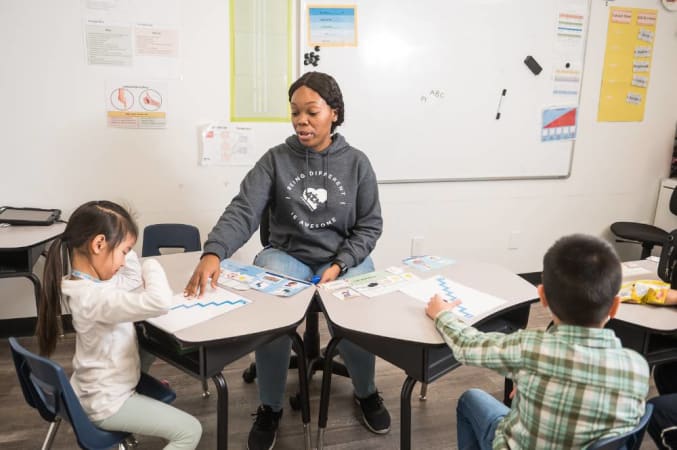
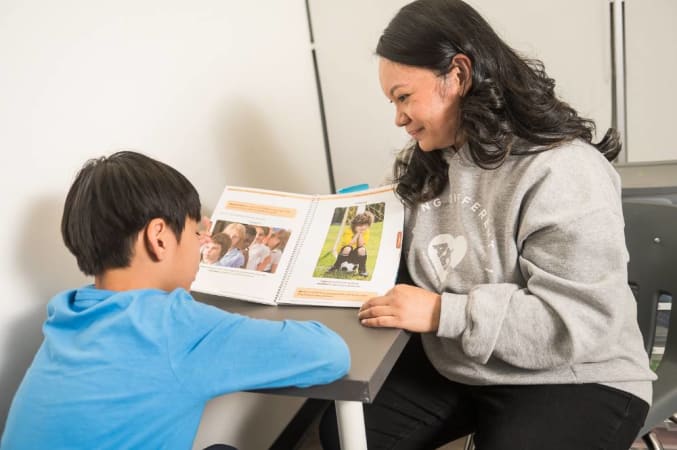
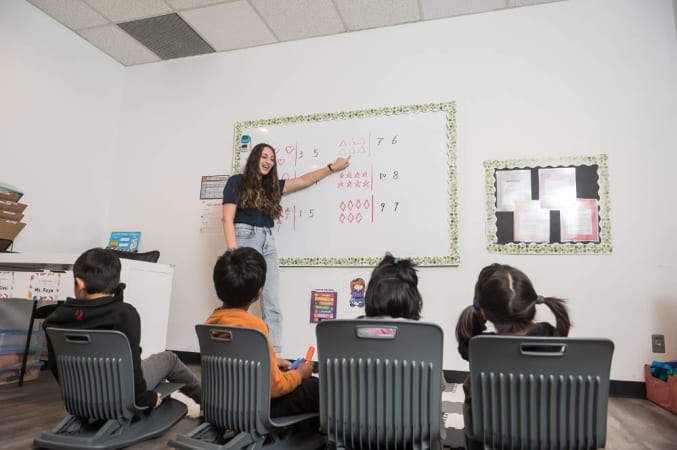



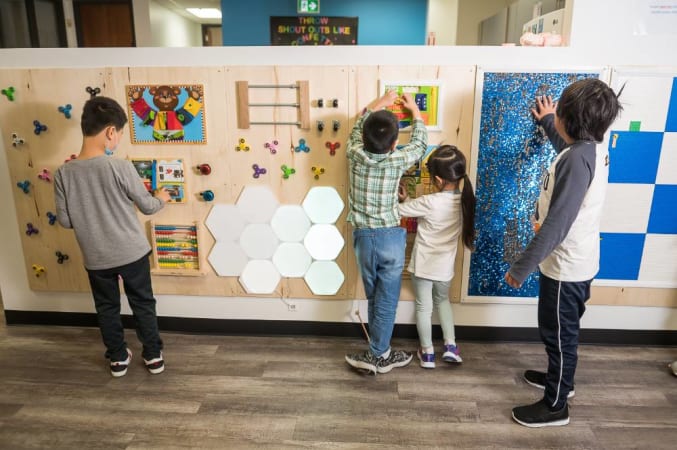



How people from the school’s community see AIM Without Limits
Top-down influence on the school’s direction and tone

Suki Choi, Director/Founder
Autism In Mind Children’s Charity (AIM) was founded in 2011 to give children with autism an equal opportunity in life.
It started with just one child. When I first started a daycare business in Markham, I was approached by a family whose son had been on the government waitlist for autism therapy for 4 years. Moved by their situation, I organized a fundraiser. The response from the community and the daycare parents was so generous, I knew we could do even more.
My team of volunteers began fundraising on behalf of other local families, to help their children access professional therapy. We also began organizing free Social Saturdays for children with autism and that's how this all began.
The momentum of these small acts of kindness gathered. Within just a few years, AIM became a Canadian registered charity and one of York Region's leading service providers for children with autism.
This year, we opened our door for AIM Without Limits (AWL) Private School to offer the best quality elementary education program with our wonderful multidisciplinary professionals. AWL is one of a kind private school system in Ontario that offers ABA/OT/SLP/Psychologist service on top of Ontario Curriculum with fun and engaging strength building afterschool programs like coding, music, art and fitness.
Our school project is another beginning of our big dream. With our dedicated staff who share the same value, we will continue to develop programs for children and individuals with autism in our community.
THE OUR KIDS REPORT: AIM Without Limits
Next steps to continue your research:
Continue researching AIM Without Limits with OurKids.net, or visit school website.